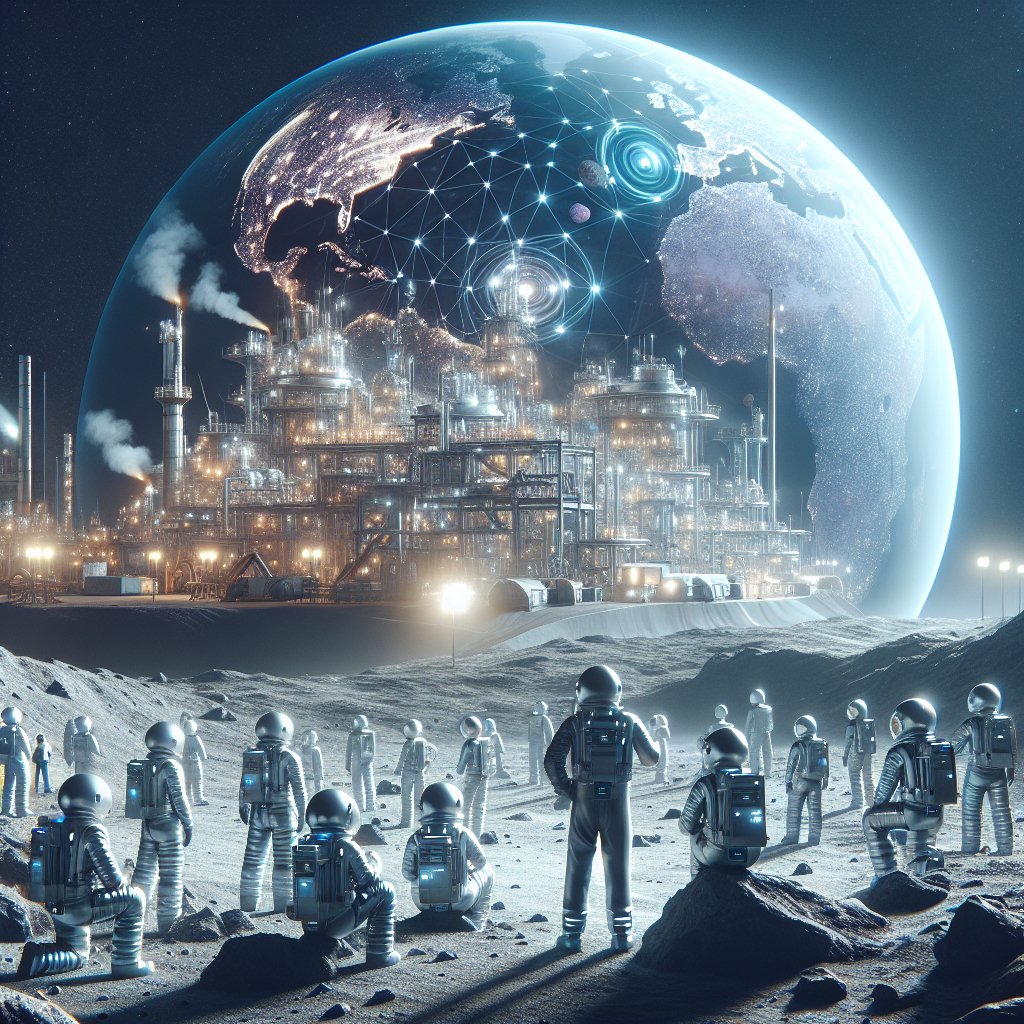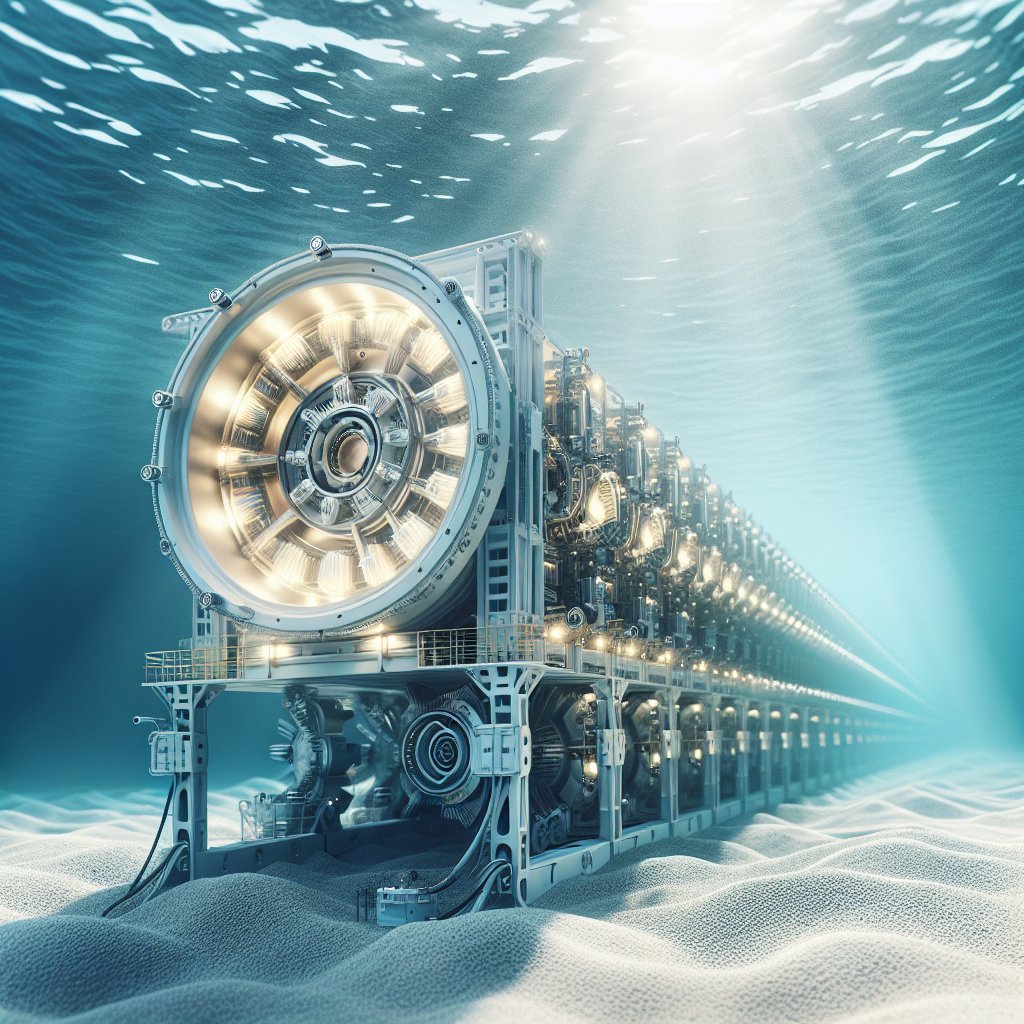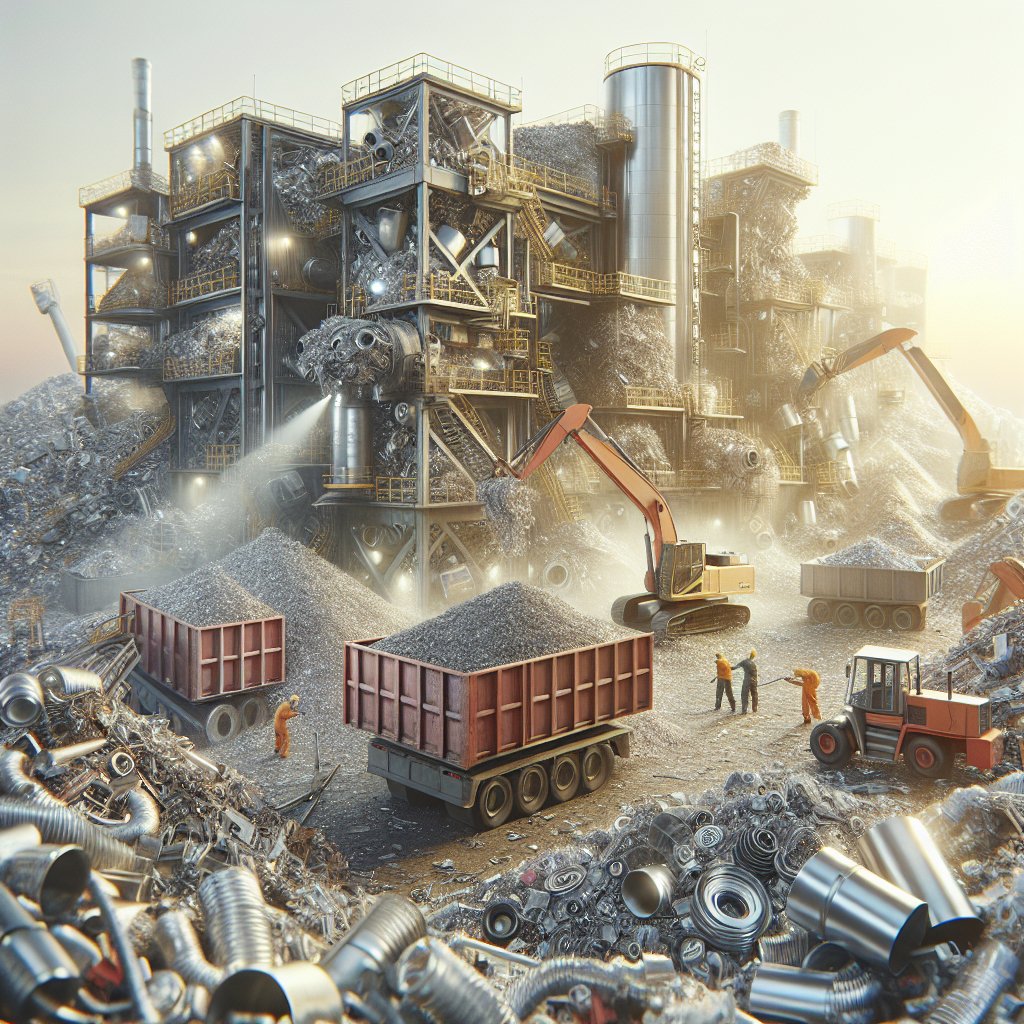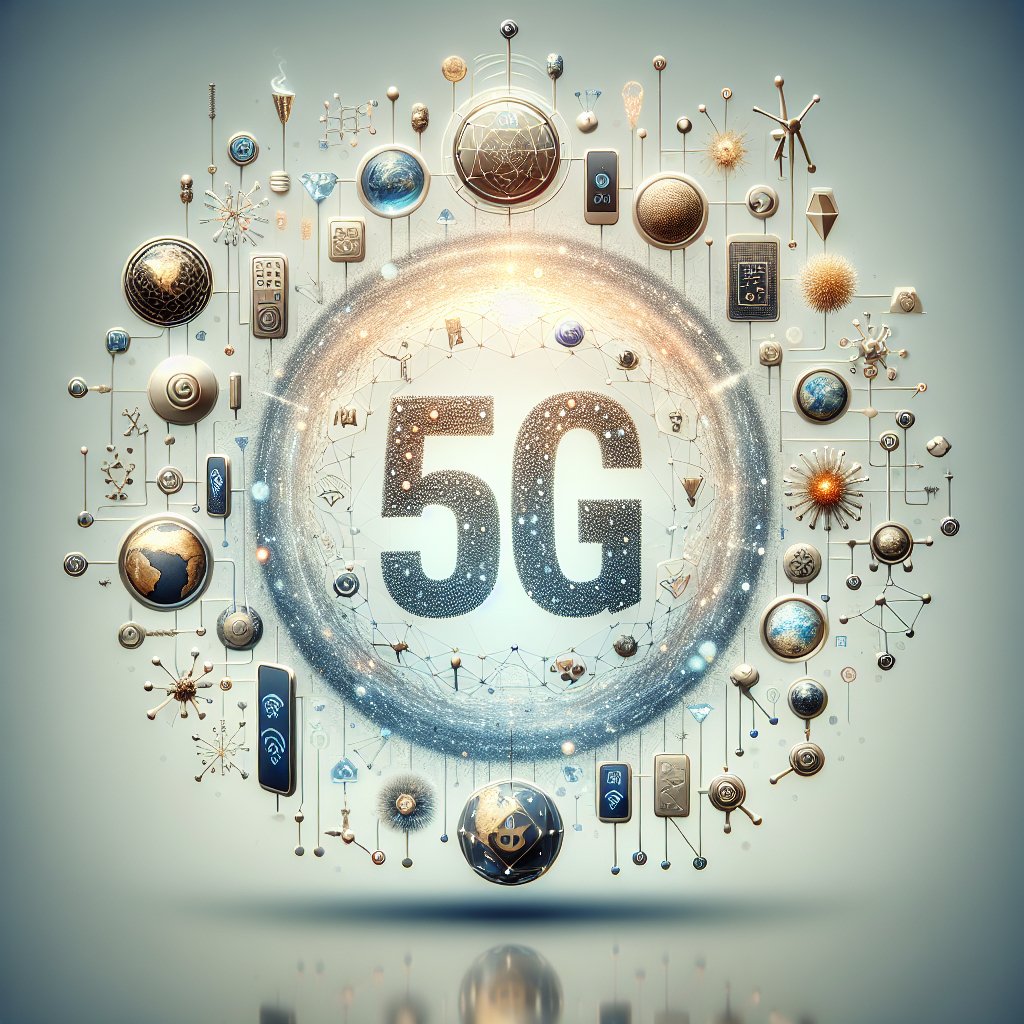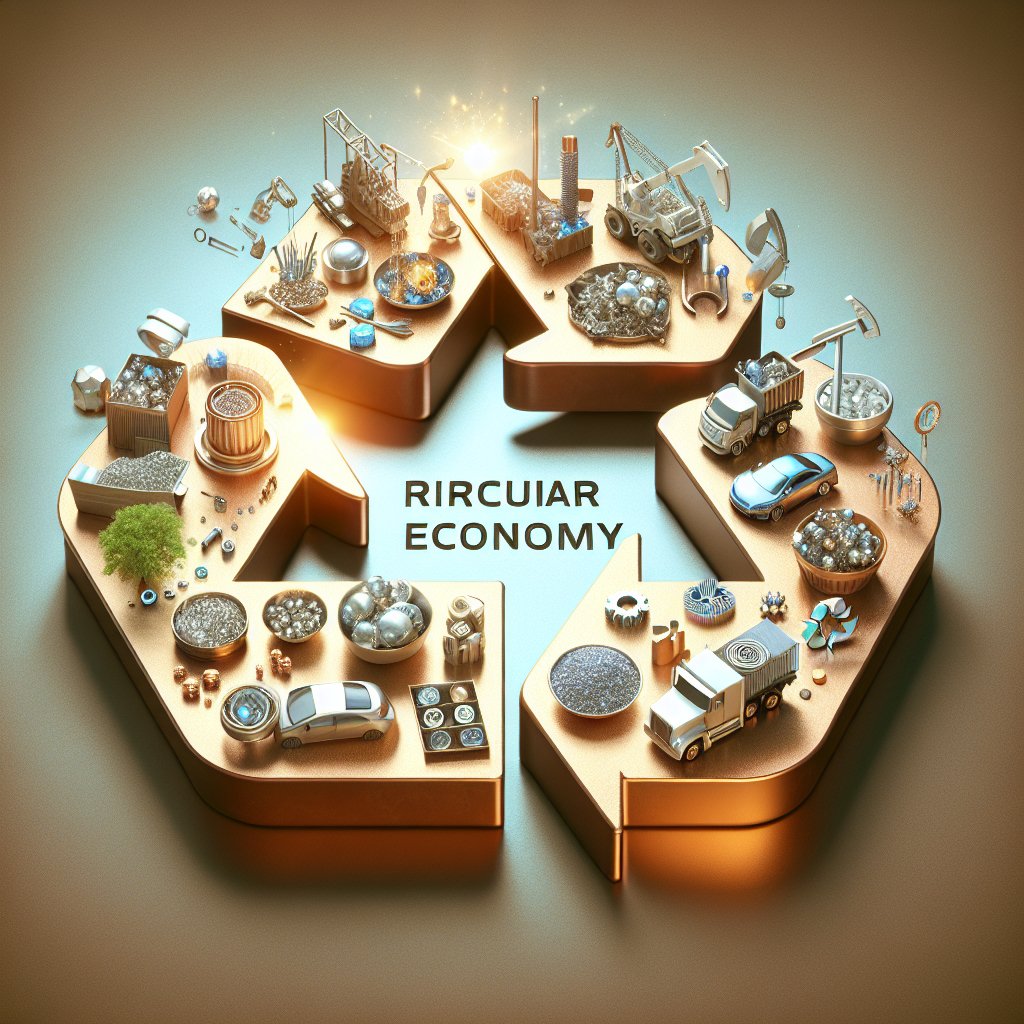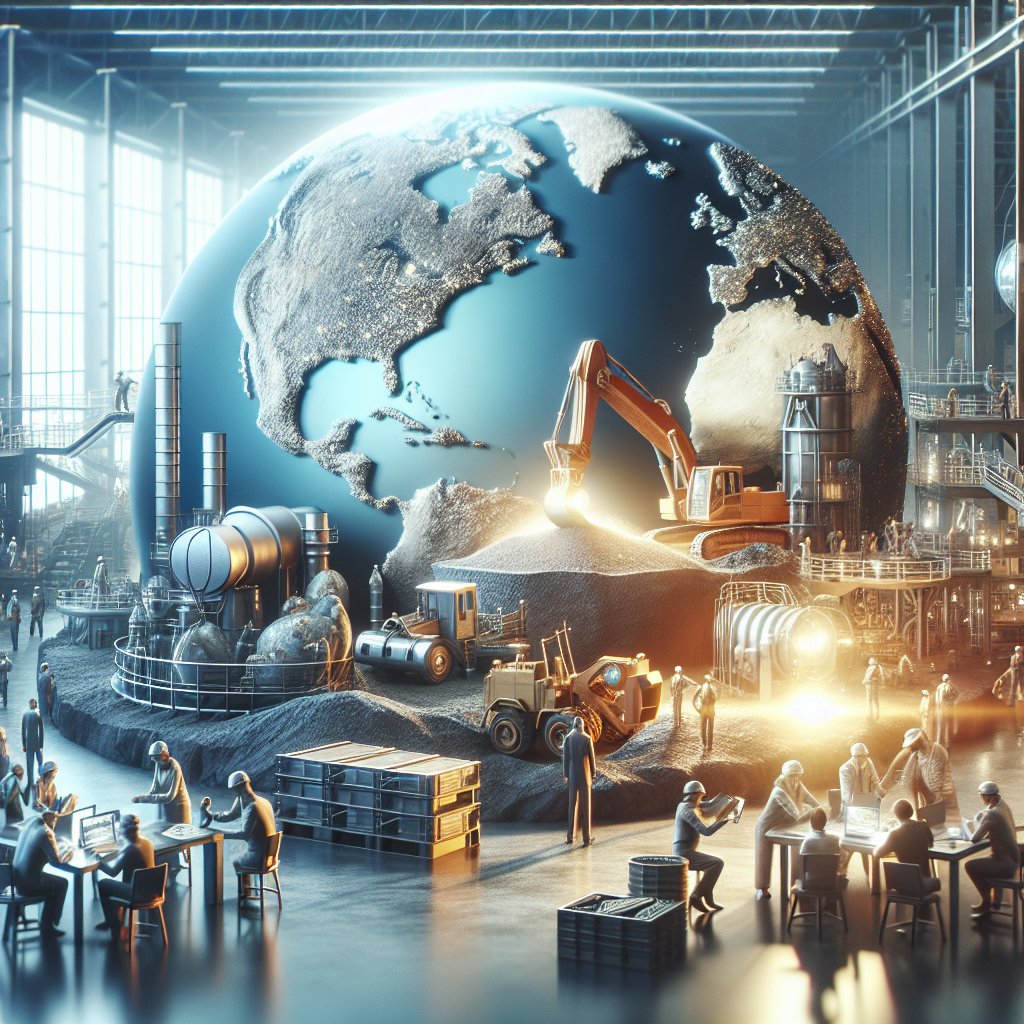The concept of mining rare metals on the Moon has long been a staple of science fiction, but recent advancements in technology and space exploration suggest that it might soon become a future reality. As Earth’s resources continue to dwindle and the demand for rare metals increases, the Moon presents a tantalizing opportunity for resource extraction. This article explores the potential of lunar mining, the challenges involved, and the implications for our planet and beyond.
The Potential of Lunar Mining
The Moon is believed to be rich in a variety of rare metals, including platinum group metals, rare earth elements, and helium-3. These materials are crucial for modern technology, from electronics and renewable energy systems to advanced medical devices. The scarcity of these metals on Earth, coupled with their increasing demand, has driven interest in extraterrestrial mining.
One of the most promising resources on the Moon is helium-3, a rare isotope that could potentially be used in nuclear fusion reactors to provide a clean and virtually limitless source of energy. Helium-3 is scarce on Earth but is thought to be abundant on the lunar surface, deposited by solar winds over billions of years. The potential energy yield from helium-3 is immense, and its extraction could revolutionize energy production on Earth.
In addition to helium-3, the Moon’s surface is believed to contain significant deposits of rare earth elements (REEs), which are essential for the production of high-tech devices such as smartphones, electric vehicles, and wind turbines. The global demand for REEs is expected to grow exponentially, and lunar mining could provide a sustainable supply to meet this demand.
Platinum group metals, including platinum, palladium, and rhodium, are also of interest. These metals are used in a variety of industrial applications, including catalytic converters, electronics, and jewelry. The Moon’s potential as a source of these metals could alleviate supply constraints and reduce the environmental impact of terrestrial mining.
Challenges of Mining on the Moon
While the potential benefits of lunar mining are significant, the challenges involved are equally daunting. The Moon’s harsh environment presents numerous obstacles, from extreme temperatures and radiation to the lack of atmosphere and gravity. These conditions require the development of specialized technology and equipment capable of operating in such an inhospitable setting.
One of the primary challenges is the transportation of materials to and from the Moon. The cost of launching payloads into space is currently prohibitively high, and the development of more cost-effective launch systems is essential for the viability of lunar mining. Advances in rocket technology, such as reusable launch vehicles, could help reduce these costs and make lunar mining more economically feasible.
Another significant challenge is the development of autonomous mining technology. Given the Moon’s distance from Earth, real-time remote operation of mining equipment is impractical. Instead, autonomous systems capable of operating independently will be necessary. This requires advancements in robotics, artificial intelligence, and machine learning to ensure the safe and efficient extraction of resources.
The legal and regulatory framework for lunar mining is also a complex issue. The Outer Space Treaty of 1967, to which most spacefaring nations are signatories, prohibits the appropriation of celestial bodies by any one nation. This raises questions about the ownership and exploitation of lunar resources. International cooperation and the establishment of clear guidelines will be crucial to avoid conflicts and ensure the responsible use of space resources.
Implications for Earth and Beyond
The successful implementation of lunar mining could have profound implications for Earth and the future of space exploration. By providing a new source of rare metals, lunar mining could help alleviate resource scarcity on Earth and reduce the environmental impact of terrestrial mining. This, in turn, could support the transition to a more sustainable and technologically advanced society.
Moreover, the development of lunar mining infrastructure could serve as a stepping stone for further space exploration. The Moon could become a hub for the production of fuel and materials needed for missions to Mars and beyond. This would reduce the need to launch all necessary supplies from Earth, making deep space exploration more feasible and cost-effective.
Lunar mining could also drive technological innovation, as the challenges of operating in space spur advancements in robotics, artificial intelligence, and materials science. These innovations could have far-reaching applications, benefiting industries on Earth and enhancing our capabilities in space.
However, the pursuit of lunar mining also raises ethical and environmental concerns. The potential for environmental degradation on the Moon, the impact on its scientific value, and the risk of geopolitical tensions over resource claims must be carefully considered. Responsible and sustainable practices will be essential to ensure that lunar mining benefits humanity as a whole.
In conclusion, while mining rare metals on the Moon remains a challenging endeavor, it is increasingly being viewed as a viable option for the future. The potential benefits are significant, but the challenges are equally formidable. As technology advances and international cooperation grows, the dream of lunar mining may soon transition from science fiction to reality, opening new frontiers for humanity both on Earth and in space.
